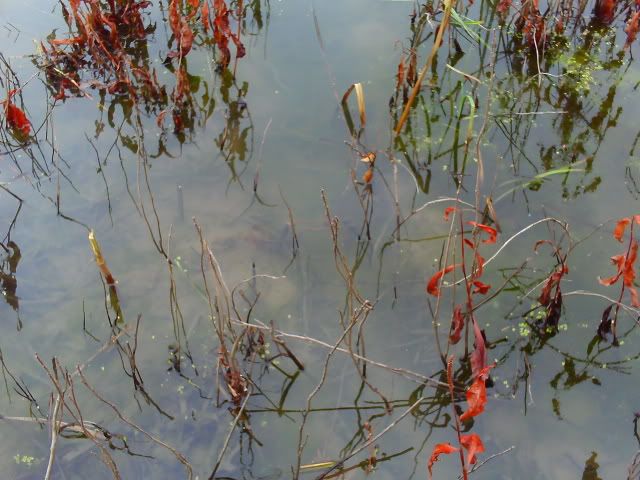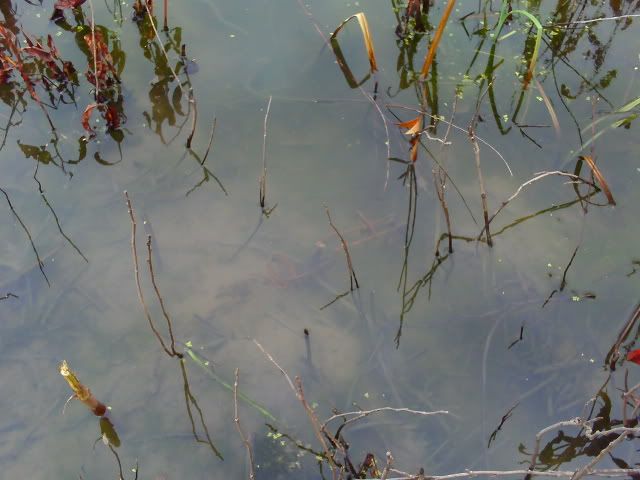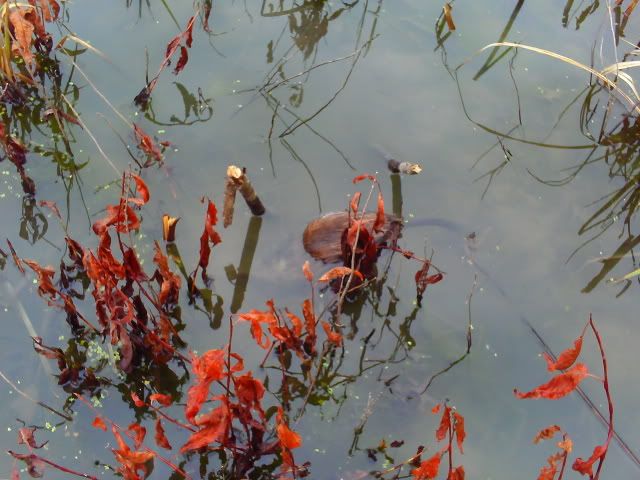While out with my camera today I thought I would document some muskrat activity in a cattail marsh for my Trapping Library, and to share with those on the forum who may not be familiar with these structures.
Winter muskrat houses, lodges or huts are built in the fall, and so are their feed beds or "push ups".They are often misread by new or beginning trappers as being one in the same. But they are completely different from each other.
In this type of habitat, the living quarters are much larger than the feed beds and are made primarily from cattail plant stock.
The huts in these examples are about 4-6 feet high and up to 8 feet in diameter. I have seen them much larger than these over the years in some Wisconsin marshes.
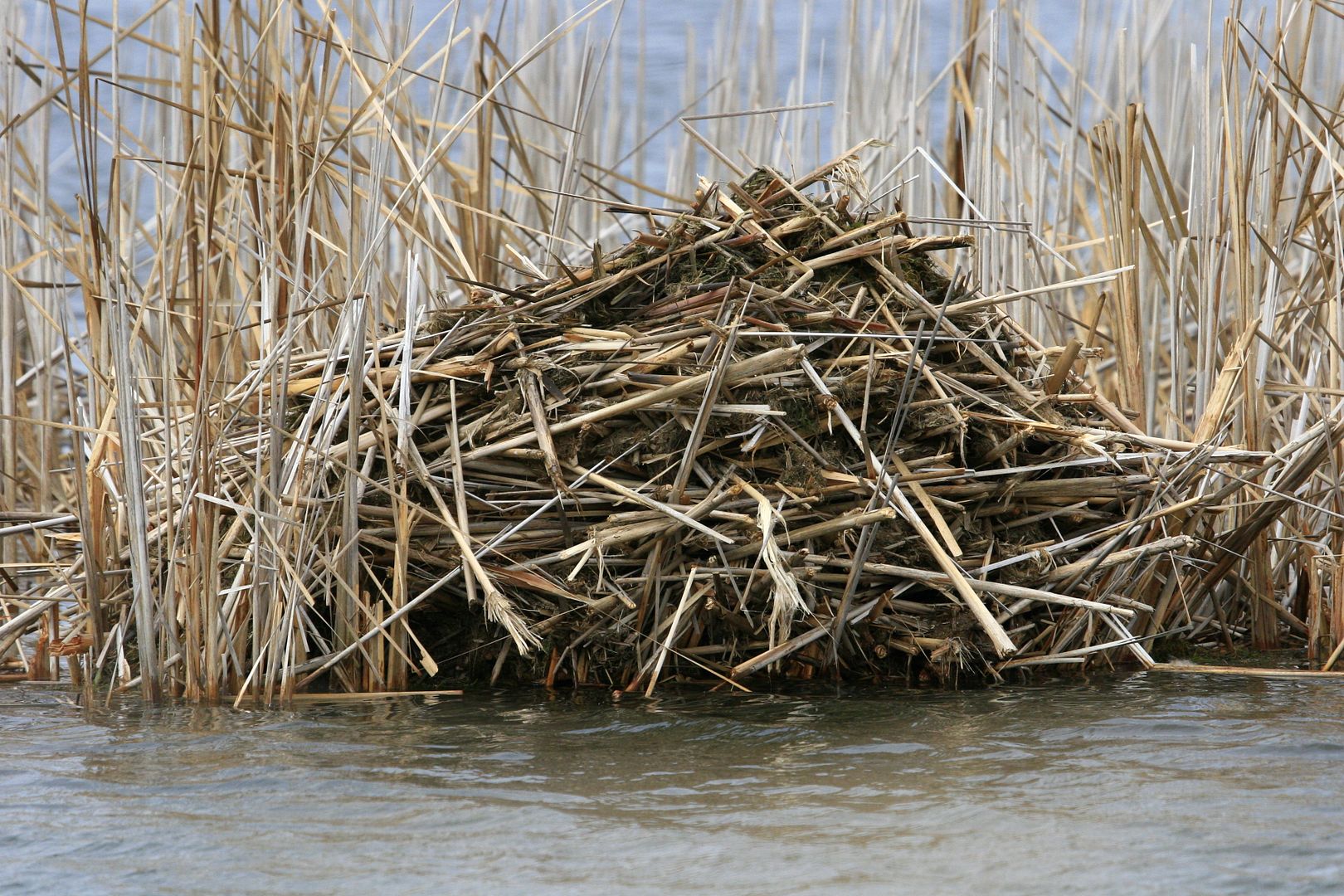

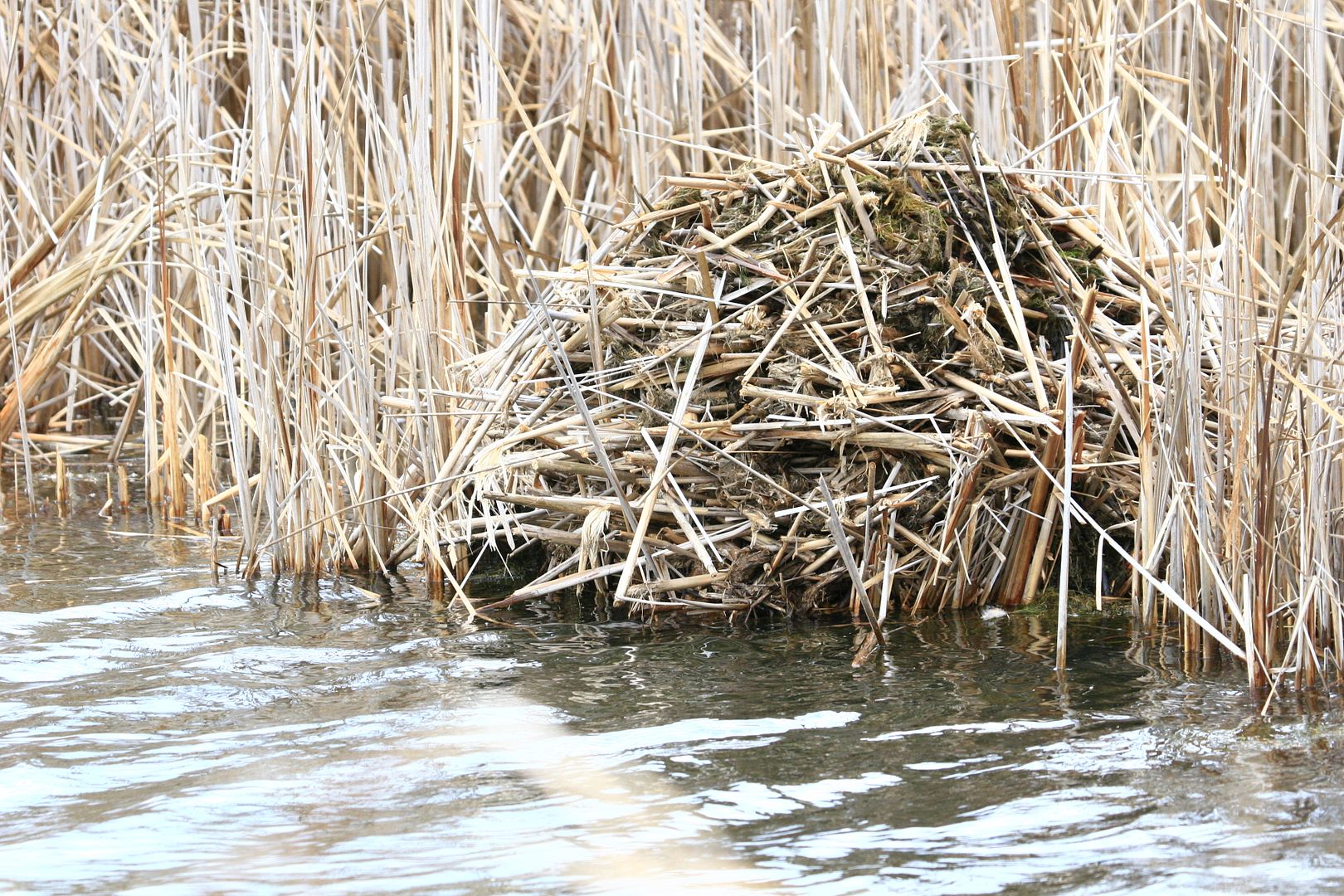
By contrast, the feed beds are significantly smaller and made up of finer vegetation - either from submergent aquatic vegetation, or from grasses and root stock sources on land adjacent to the water.
From a distance in this case, you can tell that they are different, mainly by their size, color, shape and the materials they are comprised of. Those pictured in the open water area are about 3 feet in diameter and 2-3 feet high.
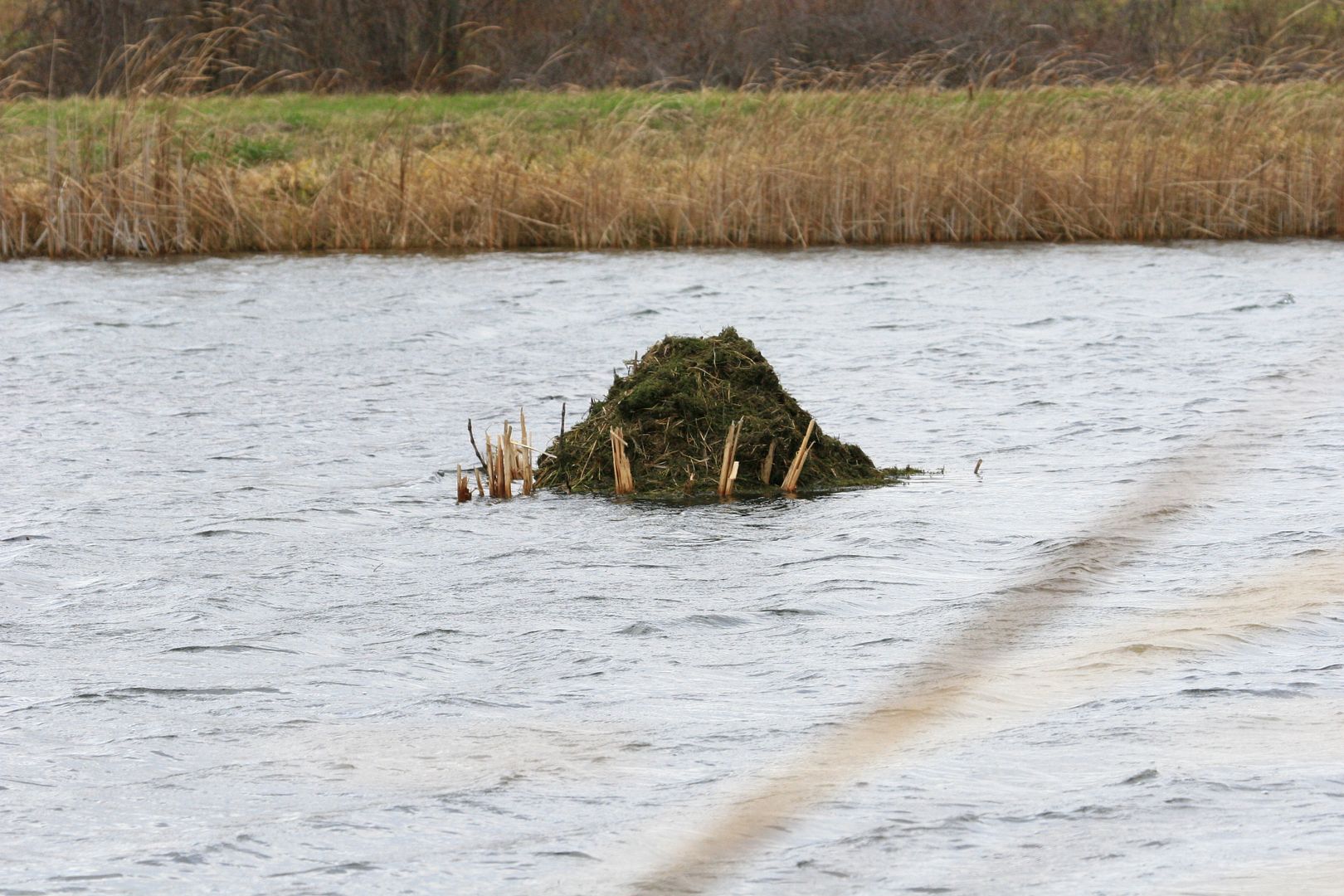
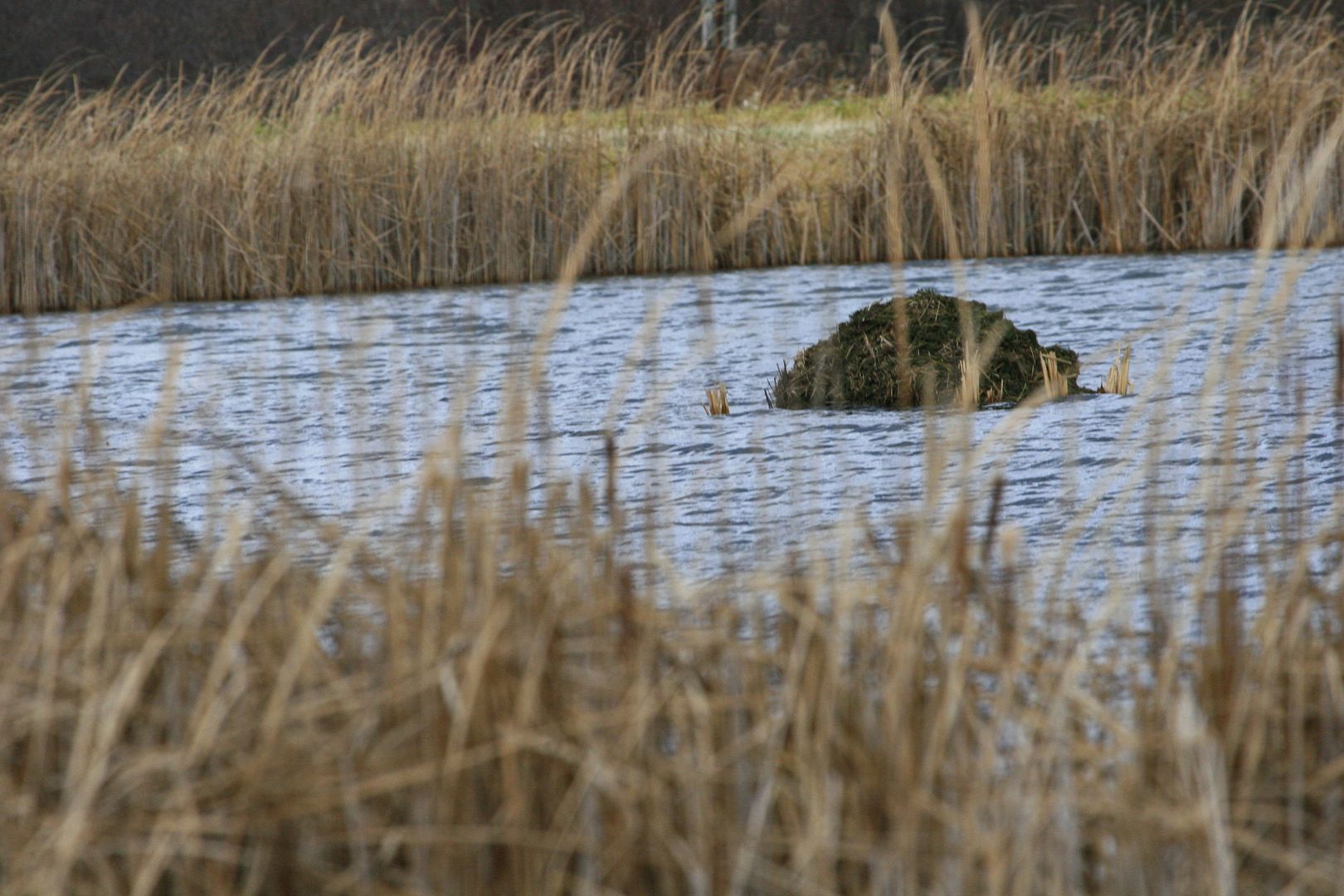
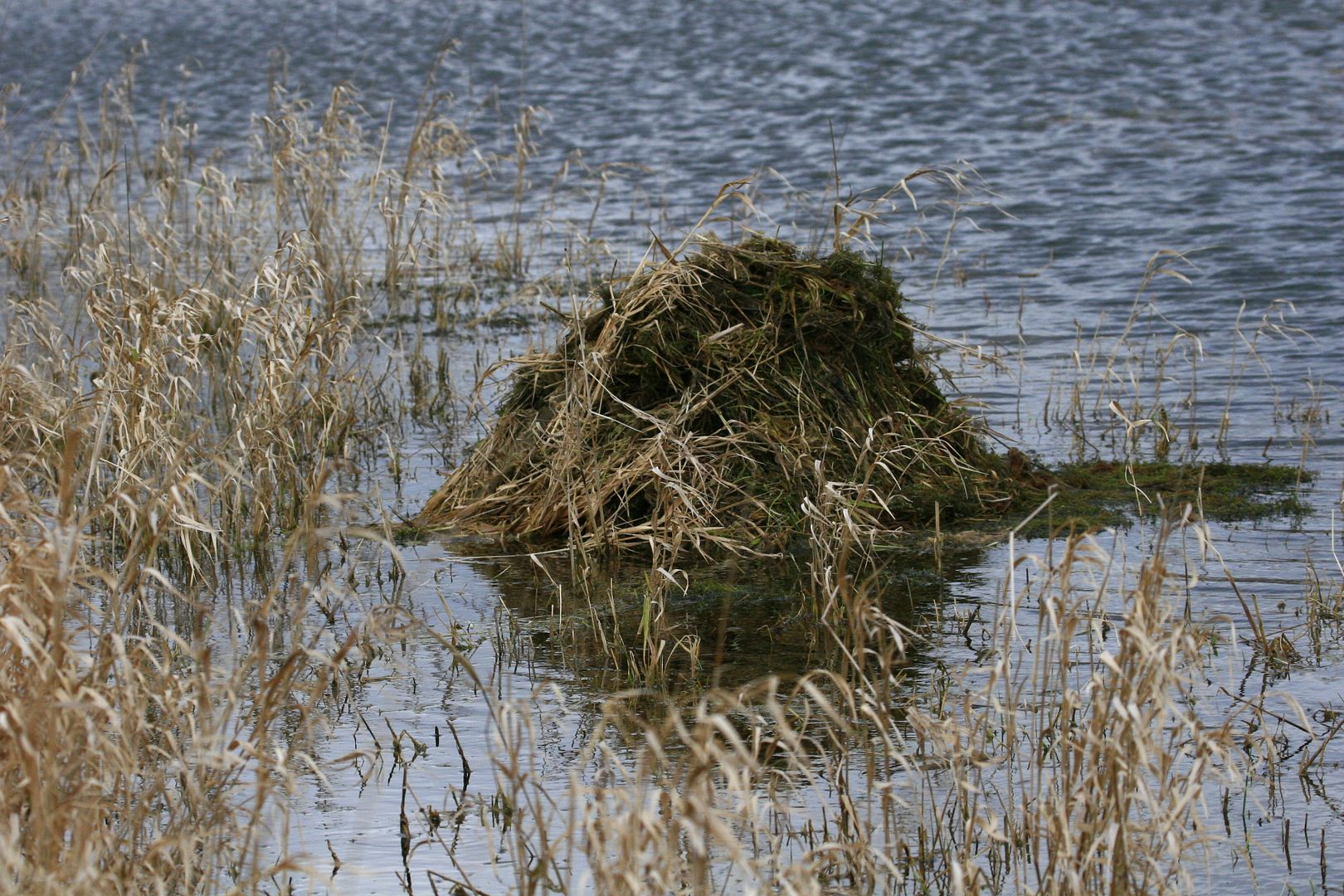
This is a smaller one adjacent to the shoreline and was actively under construction. It appeared to be almost finished. It was about 2 feet in diameter and about 18" high.
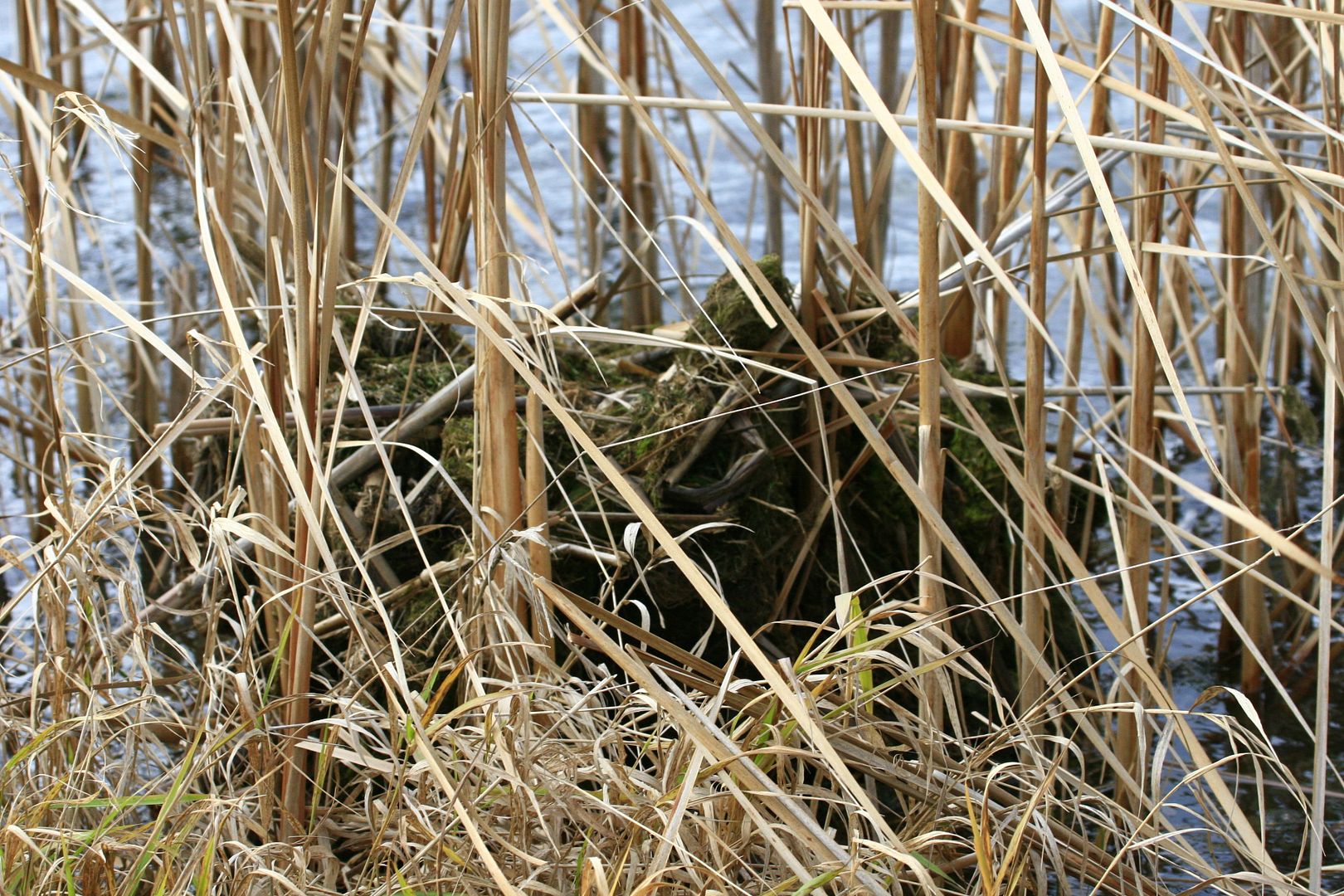
If you look close enough, you can see the finer green vegetation and fresh chewings from tubers and stems.
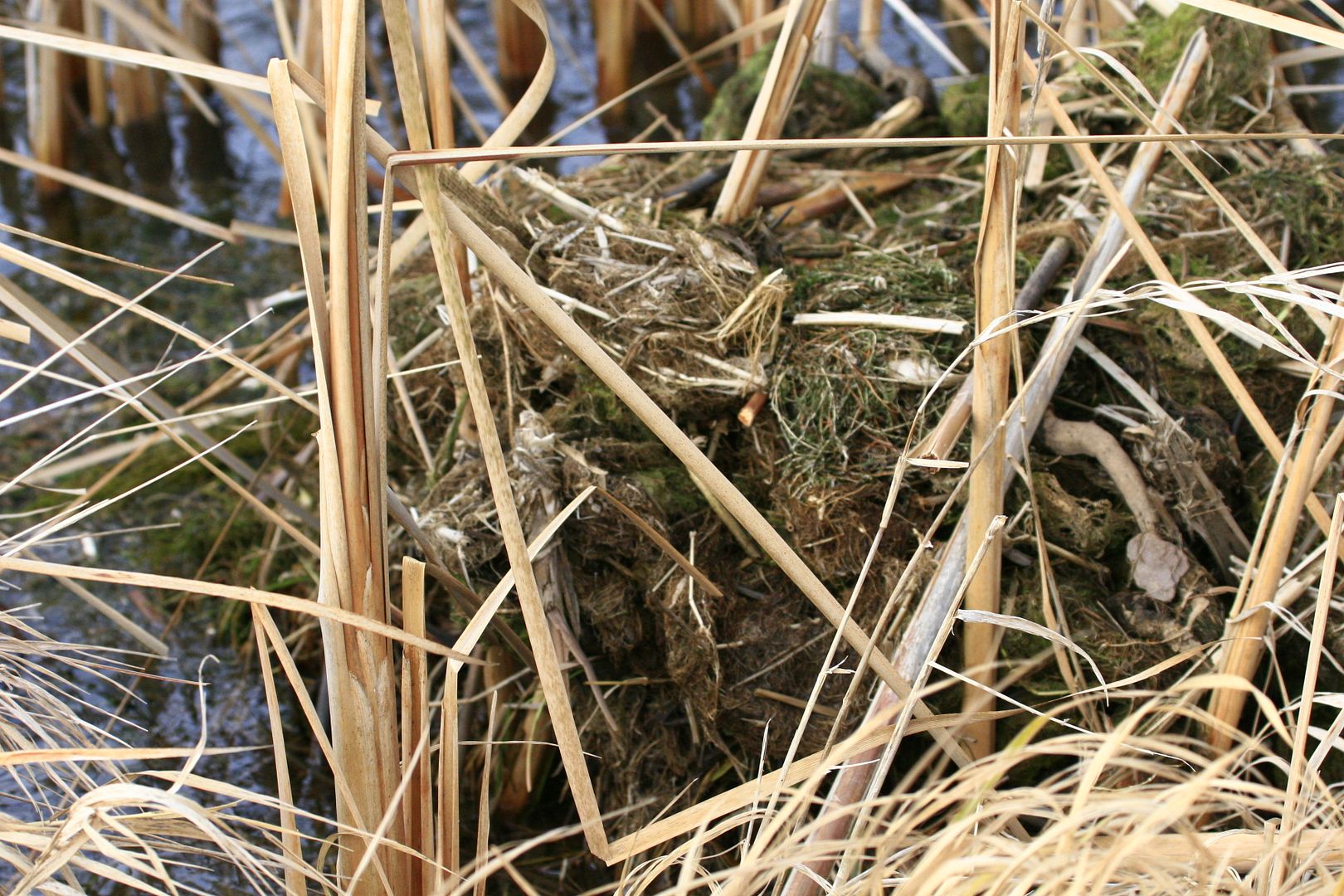
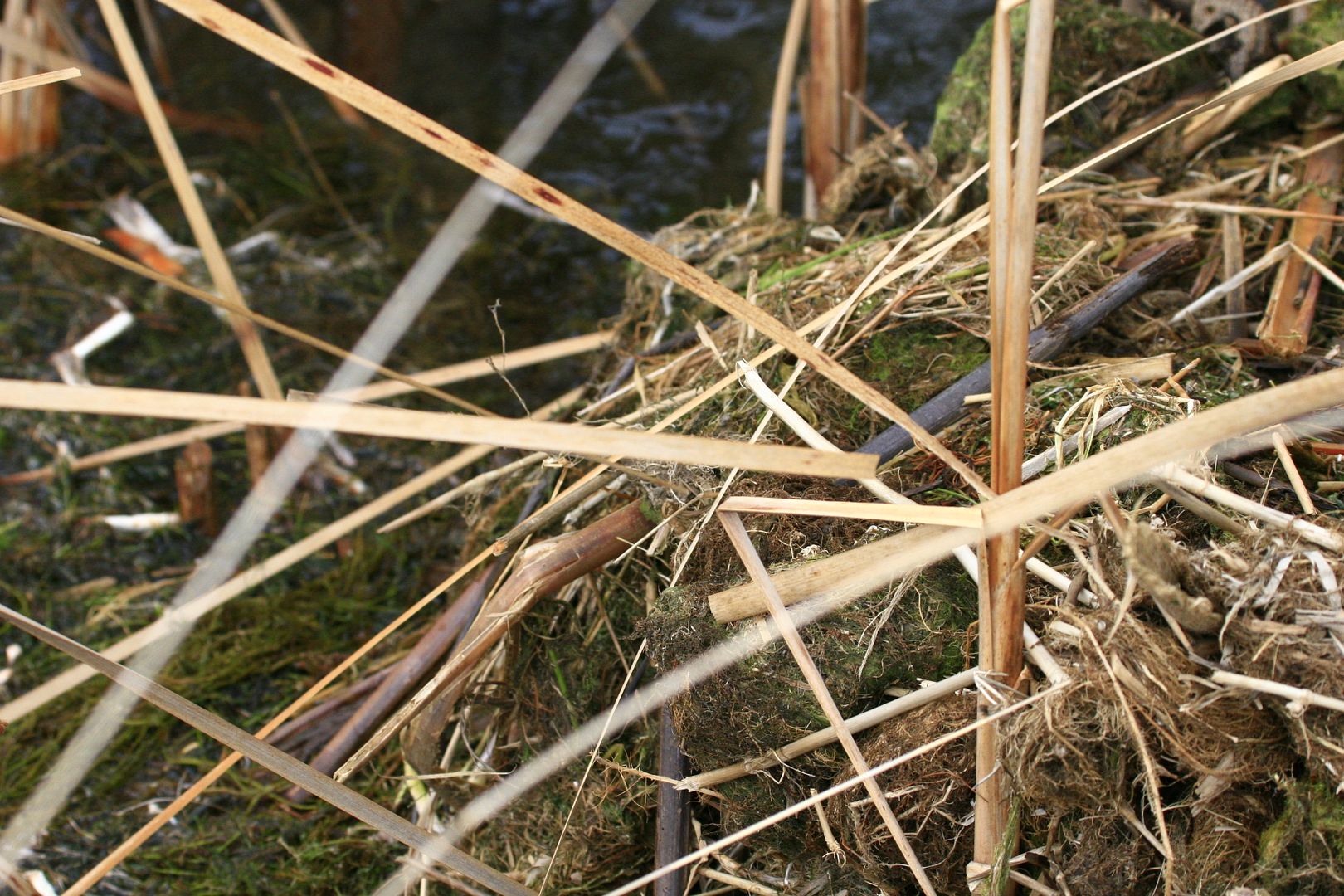
Thought this might be a little helpful showing muskrat sign in a cattail marsh and how to tell the difference between both activities prior to ice up to get them through the winter in this northern habitat type.
Jonathan











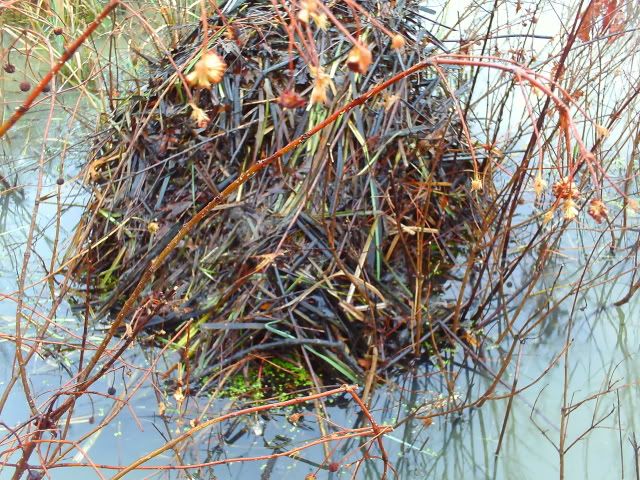

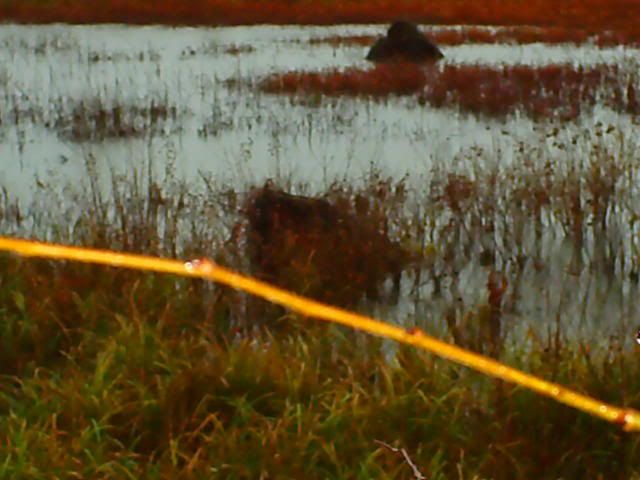
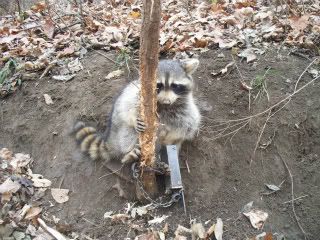
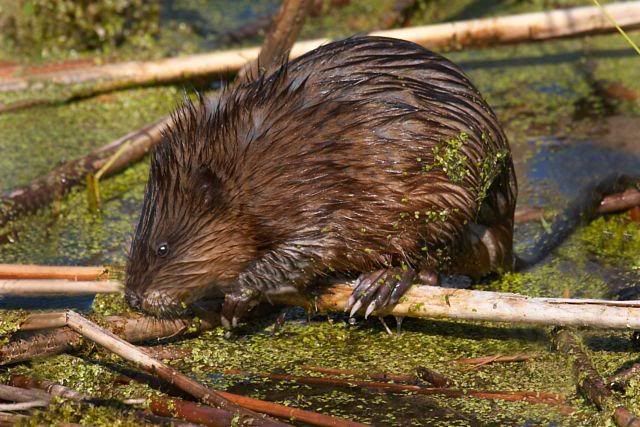
![[Linked Image]](https://i.ibb.co/r3ZWXpZ/traprenew.jpg)

